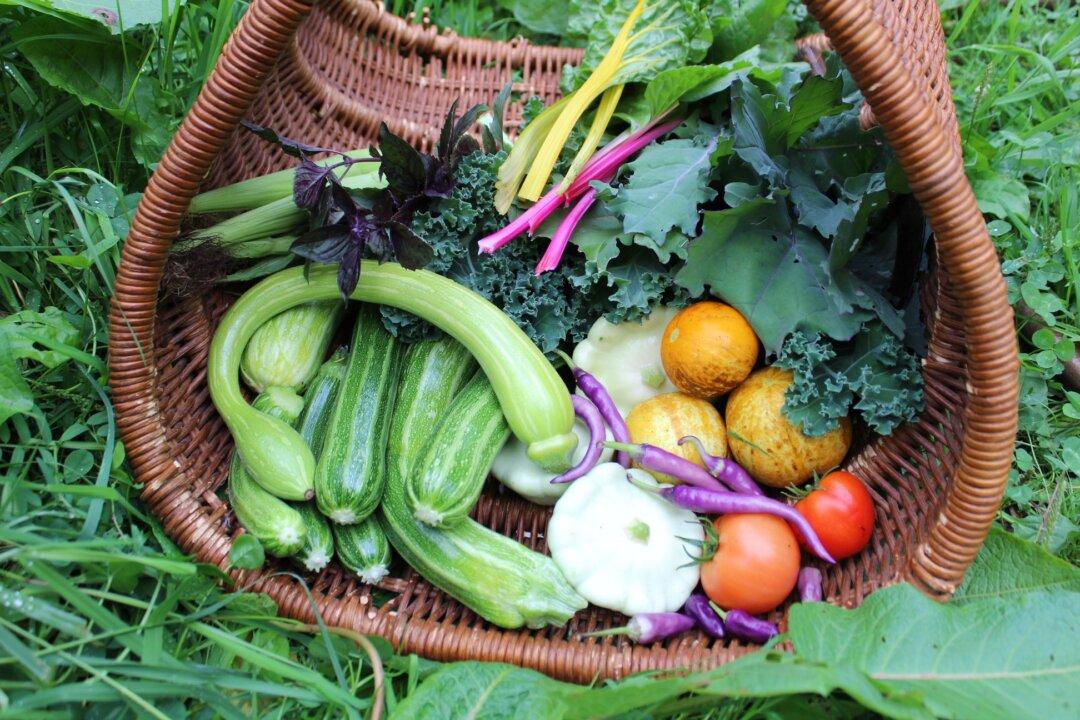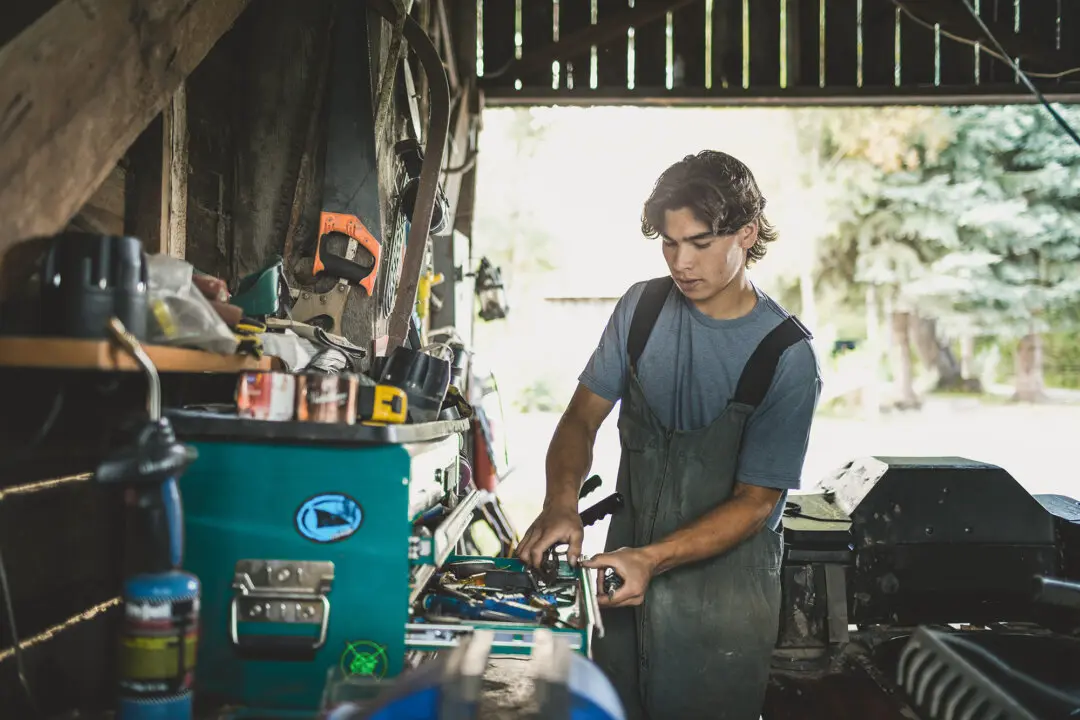Gardens come in all shapes and sizes, from tiny pots on a kitchen windowsill filled with herbs to an intensively planned backyard that provides enough produce to feed a family of four.
Despite what the internet may tell you, there is no perfect bug-free, weed-free, one-size-fits-all solution, so we’ve consulted three gardening experts about their methods of choice to help you pick which is best suited for your personal gardening goals.





